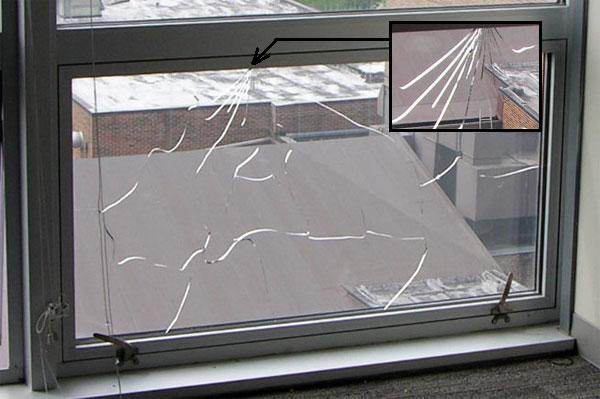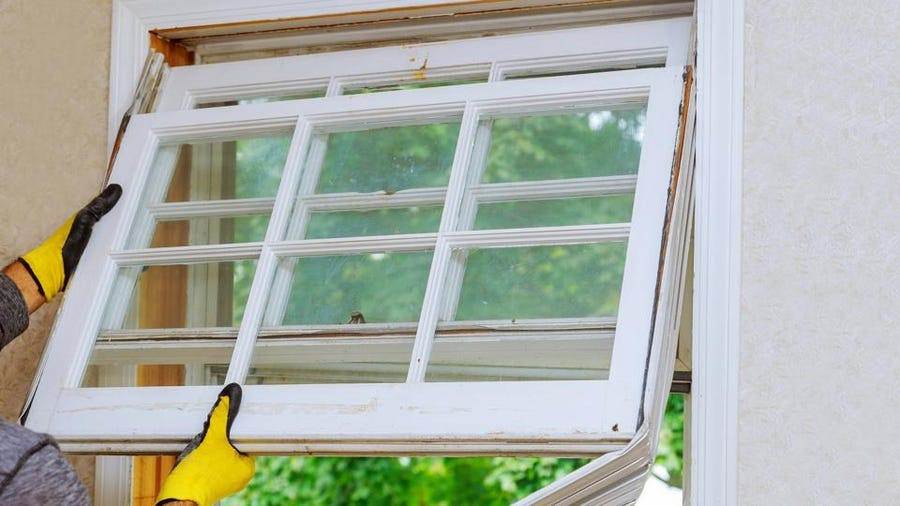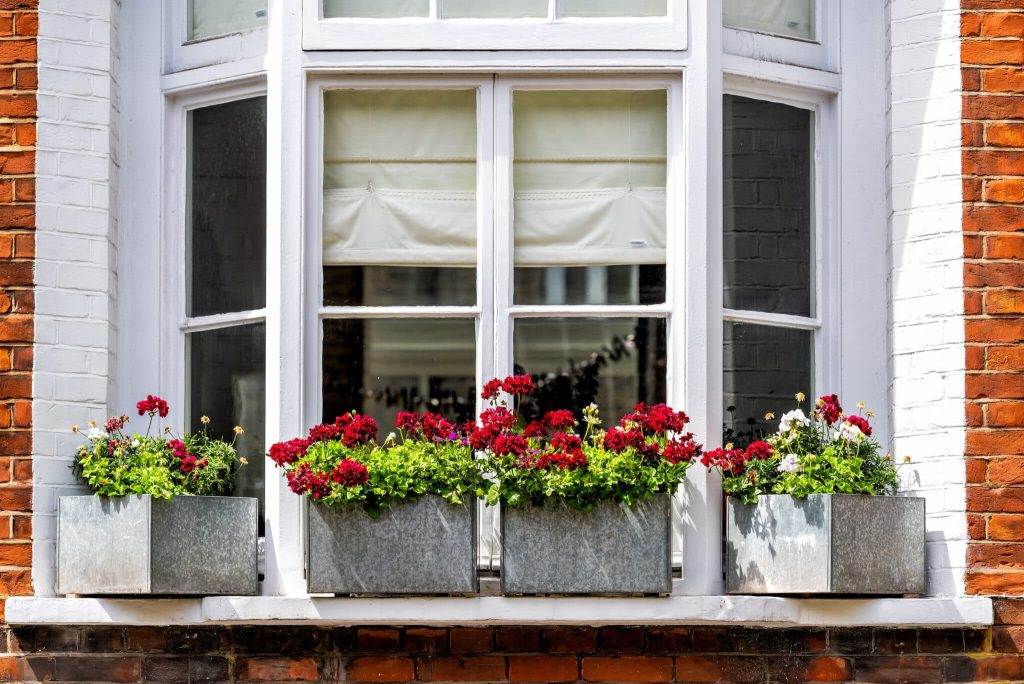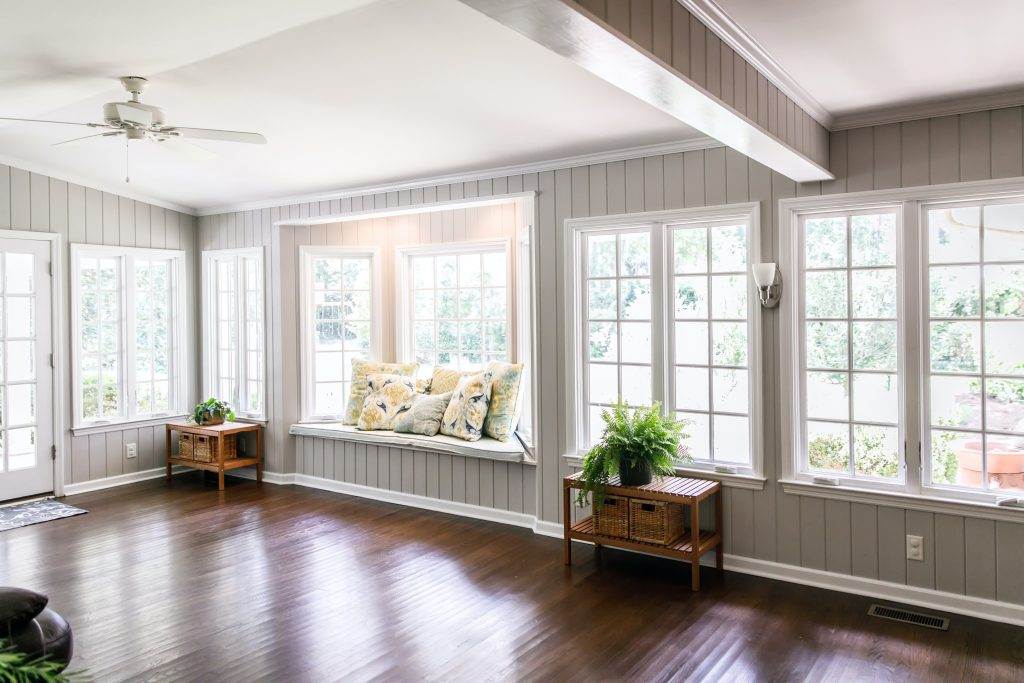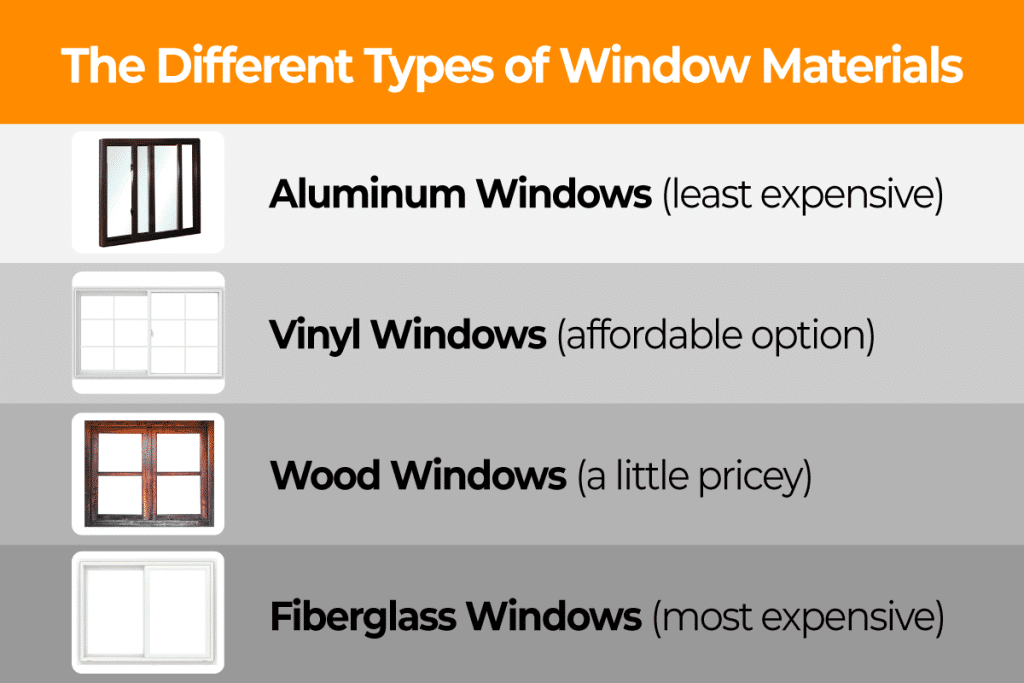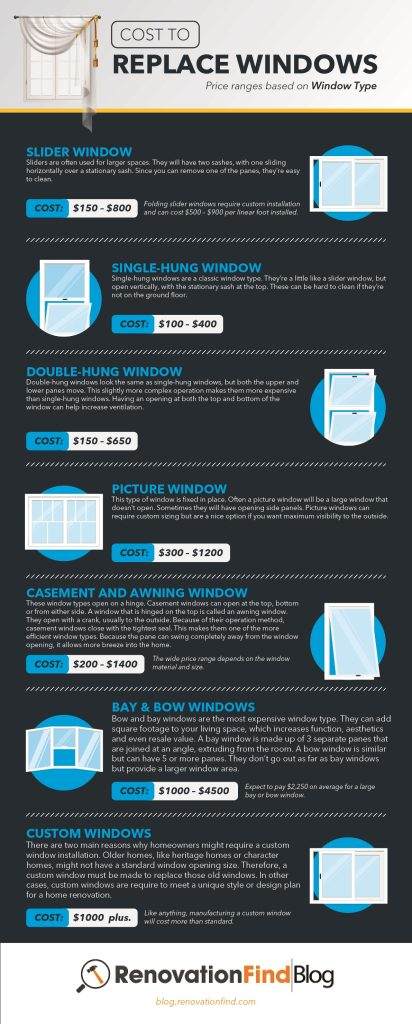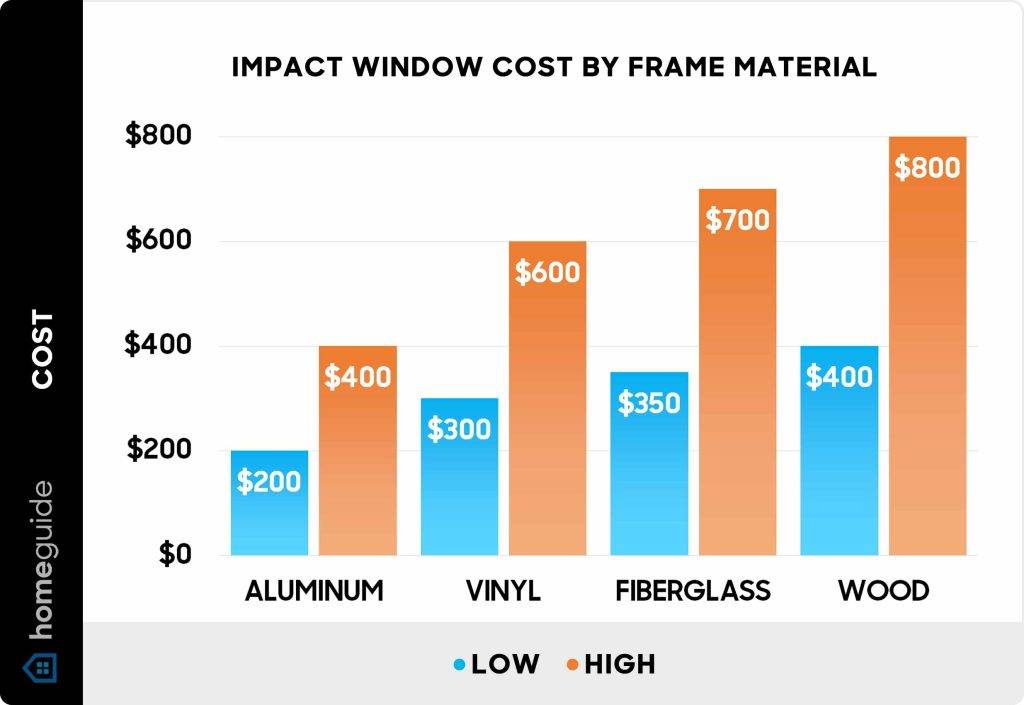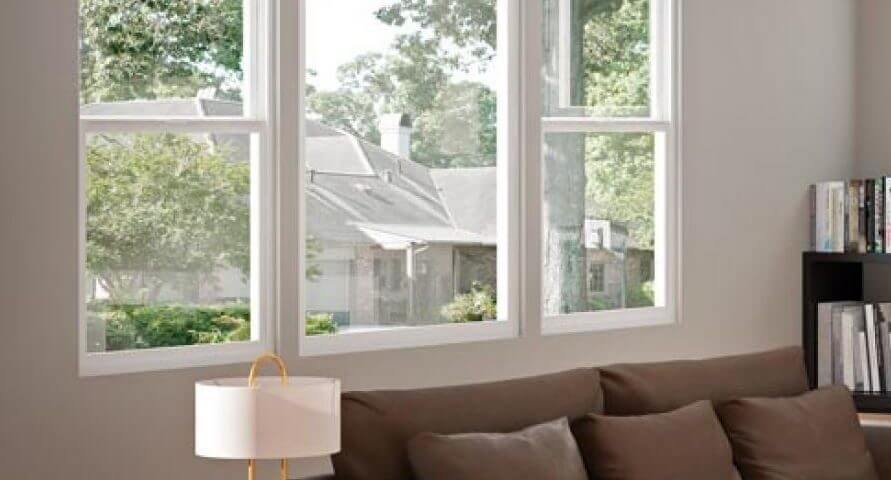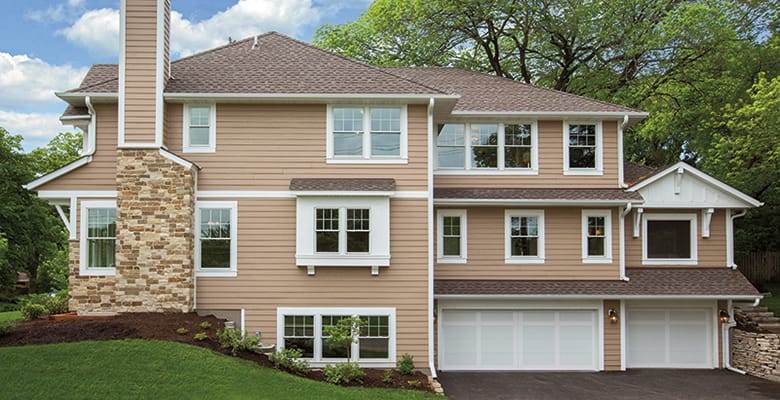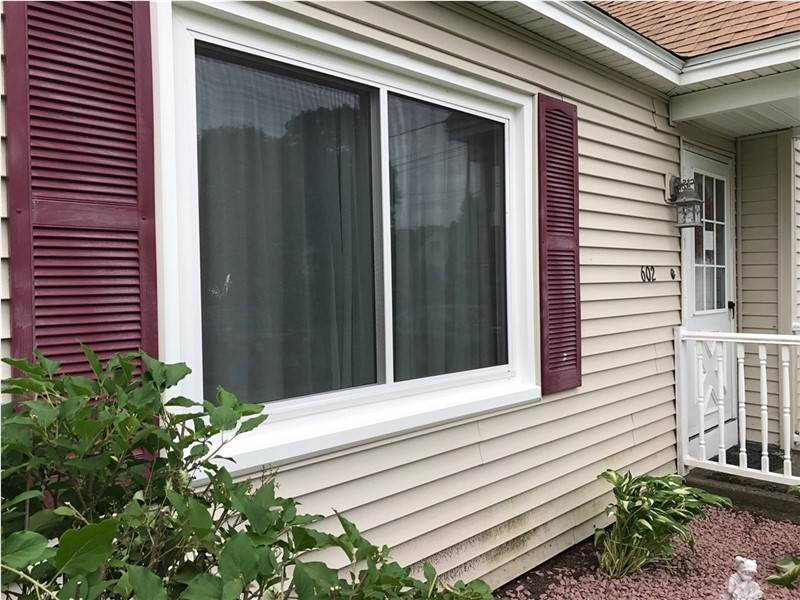So you’ve decided it’s time to replace your windows and doors, but now you’re faced with the daunting task of measuring them. Don’t worry, it’s not as complicated as it may seem! In this article, we’ll walk you through the step-by-step process of how to measure your windows and doors for replacement. Whether you’re a seasoned DIY-er or a complete novice, we’ve got you covered. By the end of this article, you’ll be ready to confidently measure your windows and doors, ensuring a perfect fit for your replacement project.

Determining the Purpose of Measurement
Recognizing the Need for Replacement
Before you begin measuring your windows and doors for replacement, it’s important to recognize the need for replacement in the first place. Are your current windows or doors damaged, outdated, or no longer functioning properly? Are you looking to improve energy efficiency or enhance the aesthetic appeal of your home? By identifying the reasons for replacement, you can better understand the specific measurements and requirements needed for the new windows or doors.
Identifying the Type of Window or Door
Once you’ve recognized the need for replacement, the next step is to identify the type of window or door you have. Are they single-hung, double-hung, casement, or sliding windows? Are your doors hinged, sliding, or folding? Different types of windows and doors may have slightly different measurement methods, so it’s important to determine the specific type before proceeding with the measurements.
Determining the Replacement Style
After identifying the type of window or door, you’ll need to determine the replacement style you’re interested in. Are you looking for a direct replacement, where the new window or door will fit into the existing frame? Or do you prefer a full-frame replacement, which involves removing the entire existing frame and replacing it with a new one? This choice will affect the measurement process and ensure a proper fit during installation.
Gathering the Essential Tools
Measuring Tape
To accurately measure your windows and doors, a measuring tape is an essential tool. Make sure you have a tape measure that is long enough to reach the full width and height of your windows and doors. A retractable tape measure with both imperial and metric measurements is recommended for versatility.
Straight Edge or Level
Having a straight edge or level can help ensure that your measurements are accurate and straight. This tool is useful when measuring the width and height of your windows and doors, especially if there are no existing straight edges to align with.
Notepad and Pen
Keeping a notepad and pen handy is crucial for recording your measurements as you go along. This will help you stay organized and prevent any measurement errors or confusion. Take note of each measurement, labeling them clearly for future reference.
Calculator
A calculator may be needed for certain calculations, such as converting measurements between imperial and metric units or calculating the area of a window or door. It’s helpful to have one nearby to assist with any necessary calculations throughout the measuring process.
Measuring Width, Height, and Depth
Measuring the Width
To measure the width of your windows or doors, start by measuring the inside width of the existing frame. Measure from the left to the right, ensuring that the tape measure is parallel to the ground. Take note of this measurement. If you’re opting for a direct replacement, be sure to measure the width at multiple points to account for any variations or irregularities.
Measuring the Height
To measure the height of your windows or doors, begin by measuring the inside height of the existing frame. Measure from the top to the bottom, keeping the tape measure perpendicular to the ground. It’s important to measure the height at multiple points as well, especially if the existing frame is not perfectly level.
Measuring the Depth
Measuring the depth is necessary if you’re considering a full-frame replacement. This measurement determines the space required for the new frame, taking into account any additional insulation or trim. Measure from the inside edge of the existing frame to the backside of the opening, noting this measurement for future reference.
Accounting for Variations and Millwork
Accounting for Trim and Casing
When measuring for replacement windows or doors, it’s crucial to account for any trim or casing that surrounds the existing frame. Measure the width and height of the trim separately, then subtract those measurements from the corresponding window or door measurements. This will ensure that the replacement fits properly within the opening, including the trim.
Considering the Sill
The sill is another important factor to consider when measuring for replacement windows or doors. Measure the depth and width of the sill to determine if it needs to be included in your replacement measurements. Depending on the style and installation method, the replacement window or door may sit on top of the existing sill or require modifications to accommodate a new one.
Adjusting for Any Obstructions
Take note of any obstructions, such as window blinds, curtains, or door frames, that may affect the measurements and installation process. Account for the space required by these obstructions when determining the new window or door size. It’s essential to ensure that the replacement fits properly and functions smoothly, without interference from any existing elements.
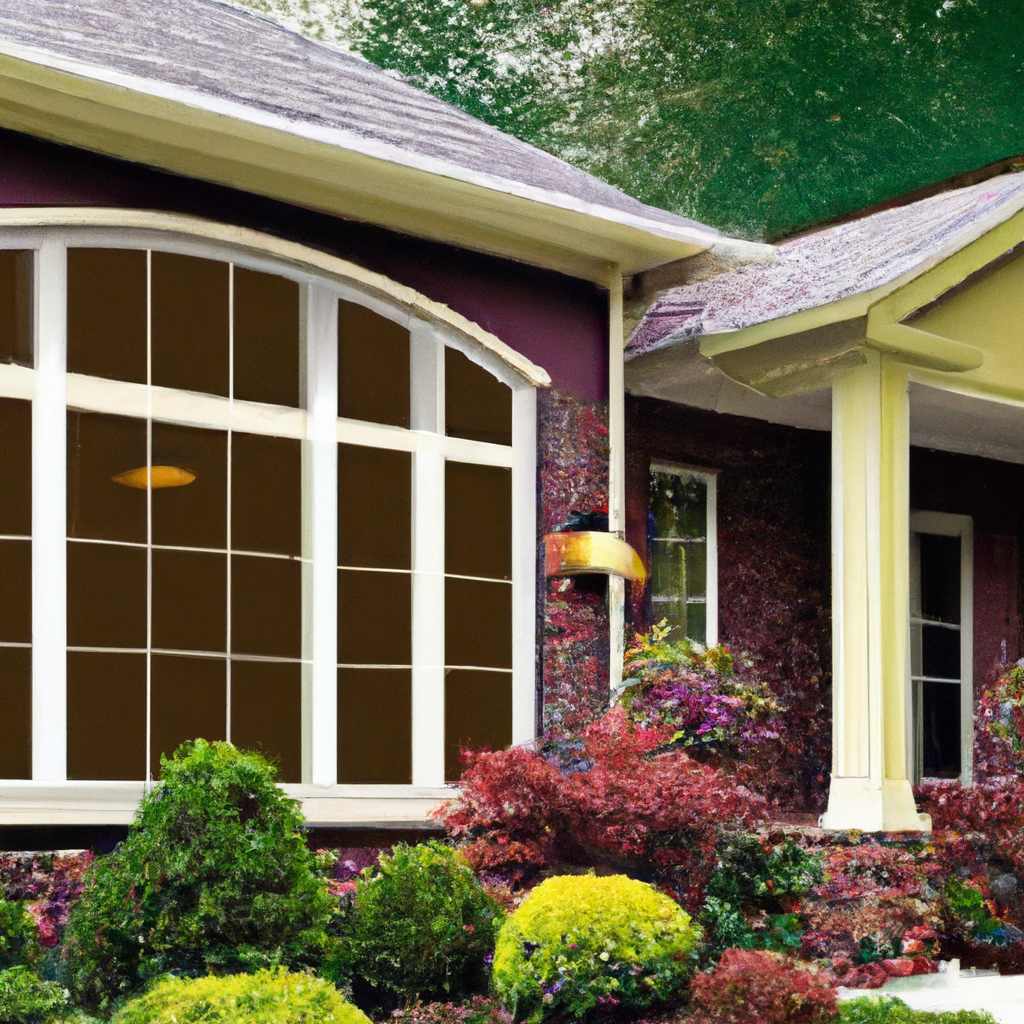
Measuring Existing Frame or Rough Opening
Measuring Frame or Rough Opening Width
If you’re considering a full-frame replacement, the measurement of the existing frame or rough opening width becomes crucial. Measure the distance from the outside edge of the existing frame to the opposite outside edge. This measurement will help determine the size of the new frame needed for installation. Take note of any variations or irregularities in the width, as these may impact the replacement size.
Measuring Frame or Rough Opening Height
Similarly, measuring the height of the existing frame or rough opening is important for a full-frame replacement. Measure the distance from the top outside edge to the bottom outside edge, noting any variations in height. This measurement will assist in determining the appropriate height for the new frame, ensuring a proper fit and installation.
Checking for Squareness
Diagonal Measurement Technique
To determine if your existing frame or rough opening is square, use the diagonal measurement technique. Measure the distance from one top corner to the opposite bottom corner, and then measure the distance from the other top corner to the opposite bottom corner. If the two diagonal measurements are equal, it indicates that your frame or opening is square. If they differ, adjustments may need to be made during installation to ensure proper alignment.
Adjusting for Out-of-Square Openings
In the case of out-of-square openings, adjustments during installation may be required to compensate for the misalignment. These adjustments can include shimming or adjusting the frame during the installation process. It’s important to account for any out-of-square measurements when selecting and ordering your replacement windows or doors to avoid complications during installation.
Identifying Additional Requirements
Determining Energy Efficiency Requirements
When measuring for replacement windows or doors, it’s essential to consider the energy efficiency requirements for your home. Look into options such as double-glazed or triple-glazed windows, Low-E coatings, and weatherstripping to improve insulation and reduce energy loss. Additional measurements may be needed for insulation purposes, so consult with professionals or manufacturers to determine the specific requirements based on your climate and energy efficiency goals.
Checking Accessibility Requirements
If accessibility is a concern, such as for wheelchair accessibility, it’s important to measure and consider the required clearances and opening widths. Certain standards and regulations may apply, so consult with professionals or accessibility guidelines to ensure your replacement windows or doors meet the necessary requirements.
Identifying Security Features
Security is a top priority for many homeowners, so it’s crucial to identify the security features you desire in your replacement windows or doors. Measure the thickness and strength of the existing frames to determine if any enhancements or upgrades are needed. Consider options like laminated glass, multi-point locking systems, and reinforced frames to increase the security of your home.
Considering Installation and Hardware
Evaluating Installation Methodology
Before finalizing your replacement windows or doors, consider the installation methodology required. Determine if the installation will be a DIY project or if professional help is needed. Assess the complexity of the installation process and the tools or skills required. If you’re not confident in your abilities, it’s recommended to seek professional assistance to ensure a proper and secure installation.
Taking into Account Hardware Requirements
Different replacement windows or doors may have specific hardware requirements, such as hinges, handles, locks, or weatherstripping. Measure and assess the existing hardware to determine if it can be reused or if new hardware needs to be included in your replacement measurements. Properly fitting and functioning hardware is essential for optimal performance and security.
Double-Checking and Verification
Reviewing Measurements
Once you have completed the measurement process, it’s crucial to review and double-check all measurements for accuracy. Compare your measurements with the manufacturer’s specifications or with the measurements provided by professionals. Identify any discrepancies or inconsistencies and make the necessary adjustments to ensure a proper fit and installation.
Seeking Professional Assistance
If you’re uncertain about any aspect of the measurement process or if you want to ensure the most accurate measurements, it’s always beneficial to seek professional assistance. Window and door specialists or installation professionals can provide expert guidance and assistance in measuring for replacement windows or doors. Their expertise will help ensure that your measurements are precise and suitable for your specific replacement needs.
Recording and Documenting Measurements
Creating a Measurement Sheet
To stay organized and keep track of your measurements, create a measurement sheet. Use your notepad or a spreadsheet to record all the measurements, noting the width, height, and depth for each window or door. Label each measurement clearly and include any additional information or notes that may be relevant. Having a measurement sheet will make it easier when ordering the replacement windows or doors and during the installation process.
Labeling and Organizing Measurements
To avoid confusion and ensure accuracy, label each measurement clearly and organize them in a logical manner. Group and categorize the measurements by window or door type and include any relevant details, such as the room where the window or door is located. This labeling and organization will make it easier to reference the measurements later on and provide clarity for the installation process.
In conclusion, measuring your windows and doors for replacement requires careful attention to detail and the use of essential tools. By recognizing the need for replacement, identifying the type of window or door, and determining the replacement style, you can start the measuring process with a clear purpose. Gathering tools such as a measuring tape, straight edge or level, notepad and pen, and calculator will ensure accuracy and efficiency. Measuring the width, height, and depth of your windows and doors, and accounting for variations, millwork, and obstructions, will help you determine the correct replacement sizes. Measuring the existing frame or rough opening, checking for squareness, and identifying additional requirements such as energy efficiency, accessibility, and security features are essential steps in the process. Considering the installation methodology and hardware requirements, as well as double-checking and seeking professional assistance if necessary, will contribute to a successful replacement project. Finally, recording and documenting your measurements, creating a measurement sheet, and labeling and organizing the measurements will help you stay organized and ensure a smooth installation process. With these comprehensive measurement guidelines, you’ll be well-prepared to replace your windows and doors with confidence.





